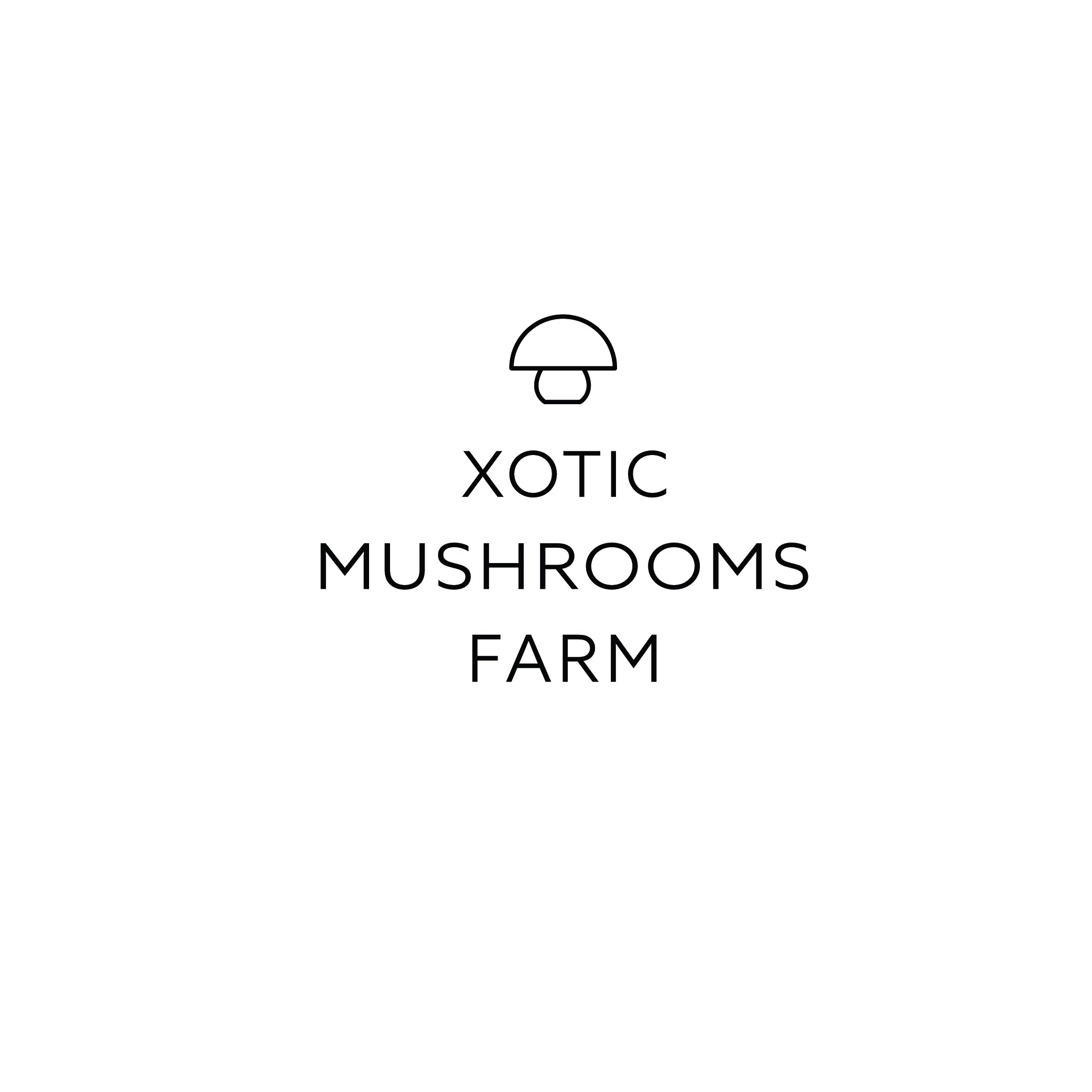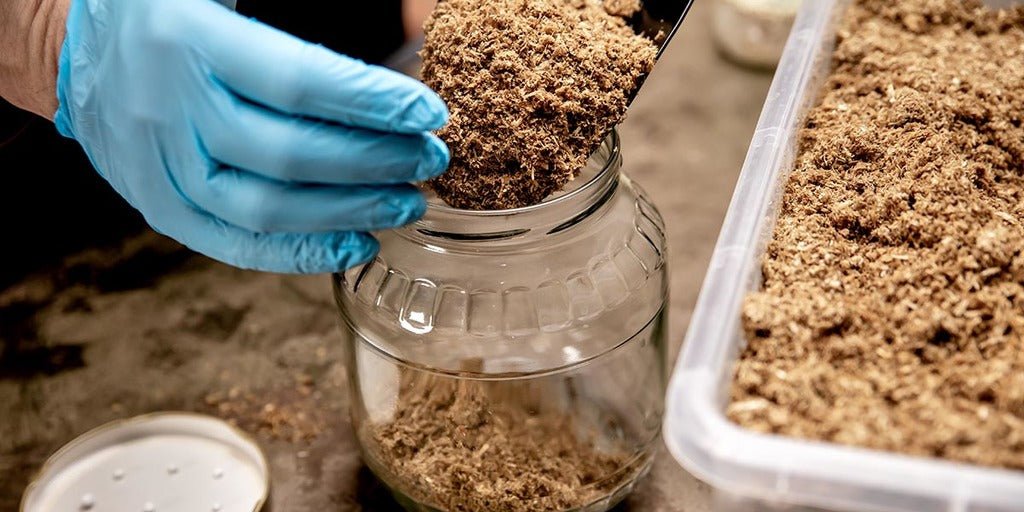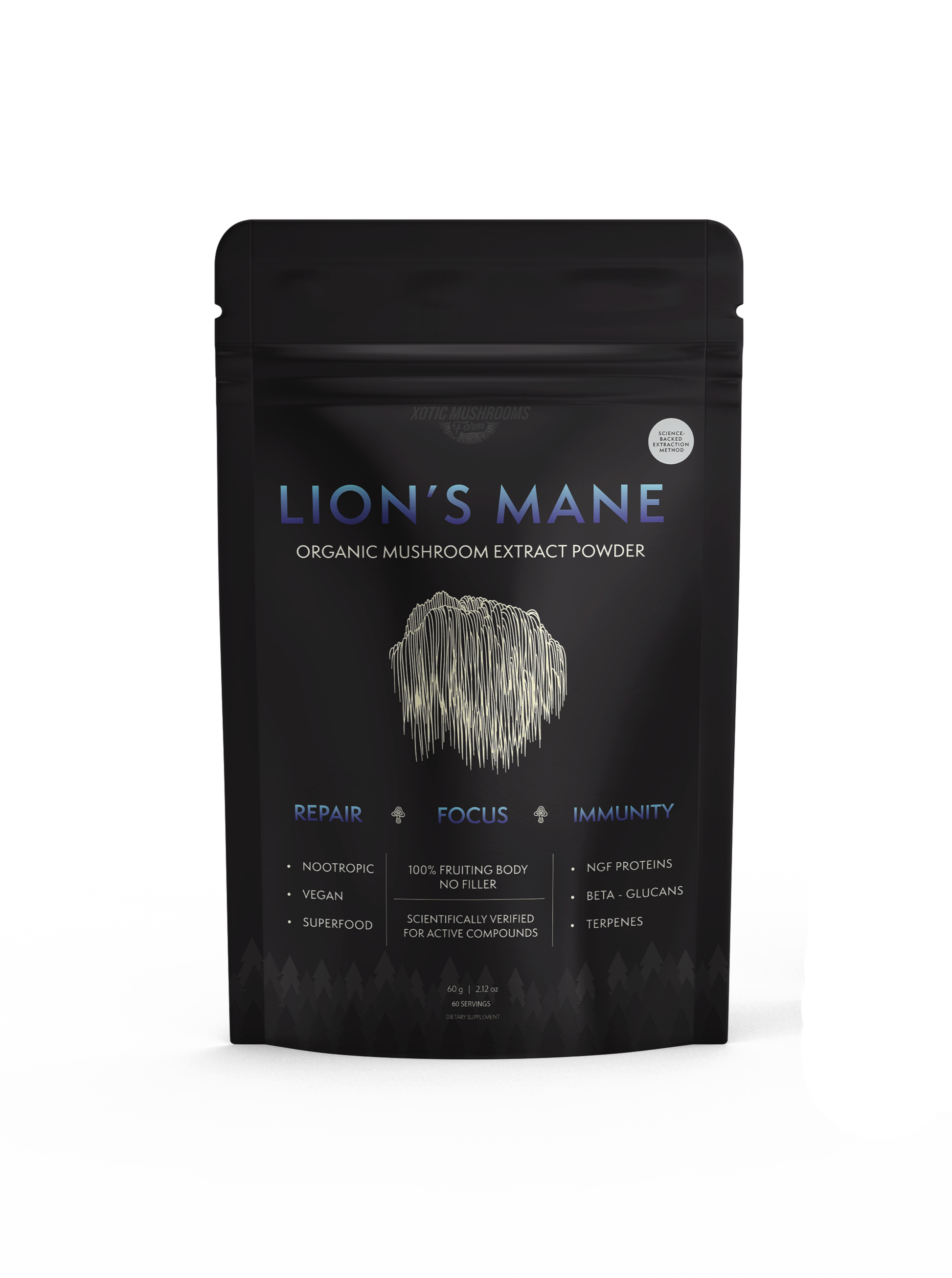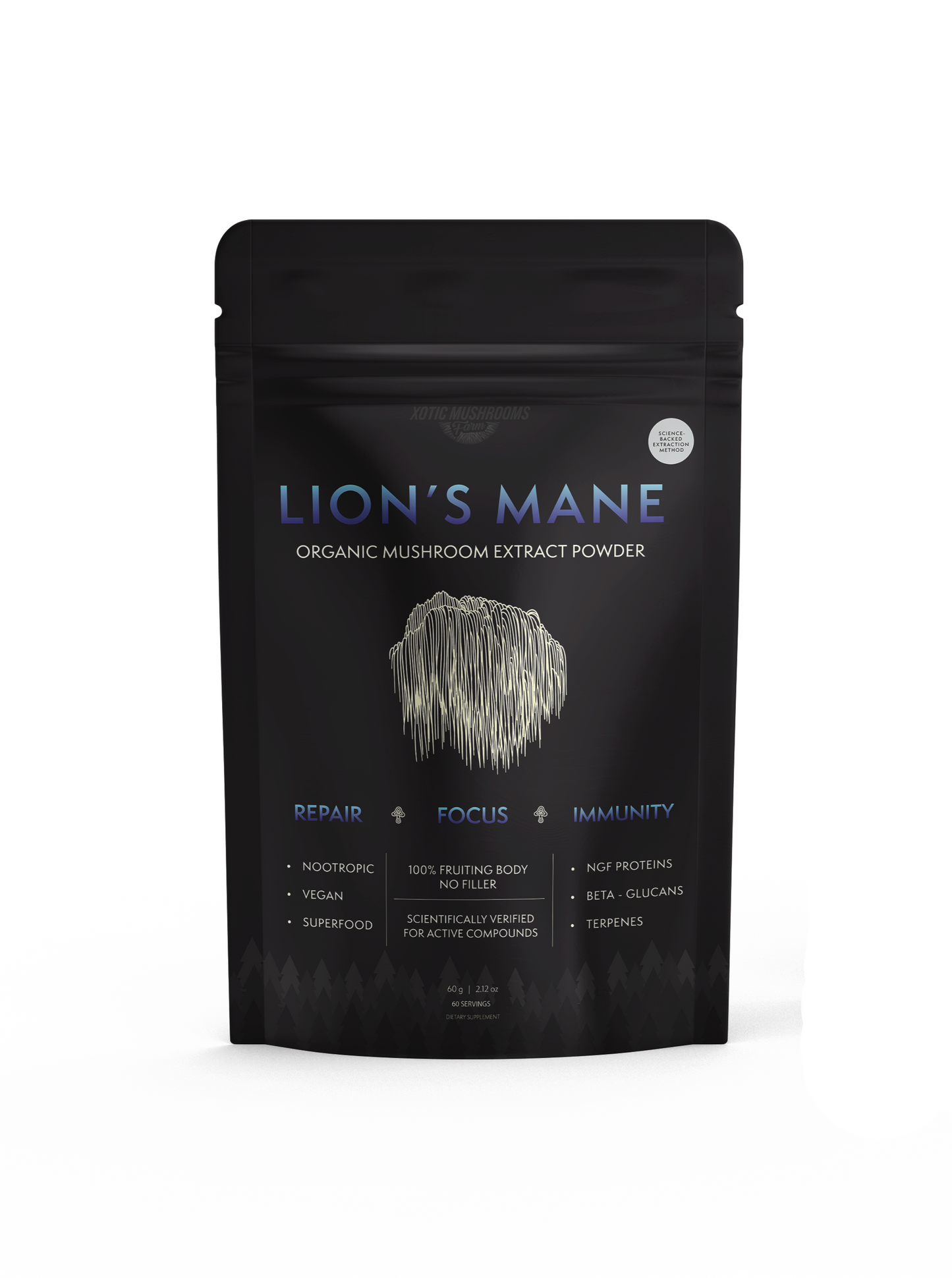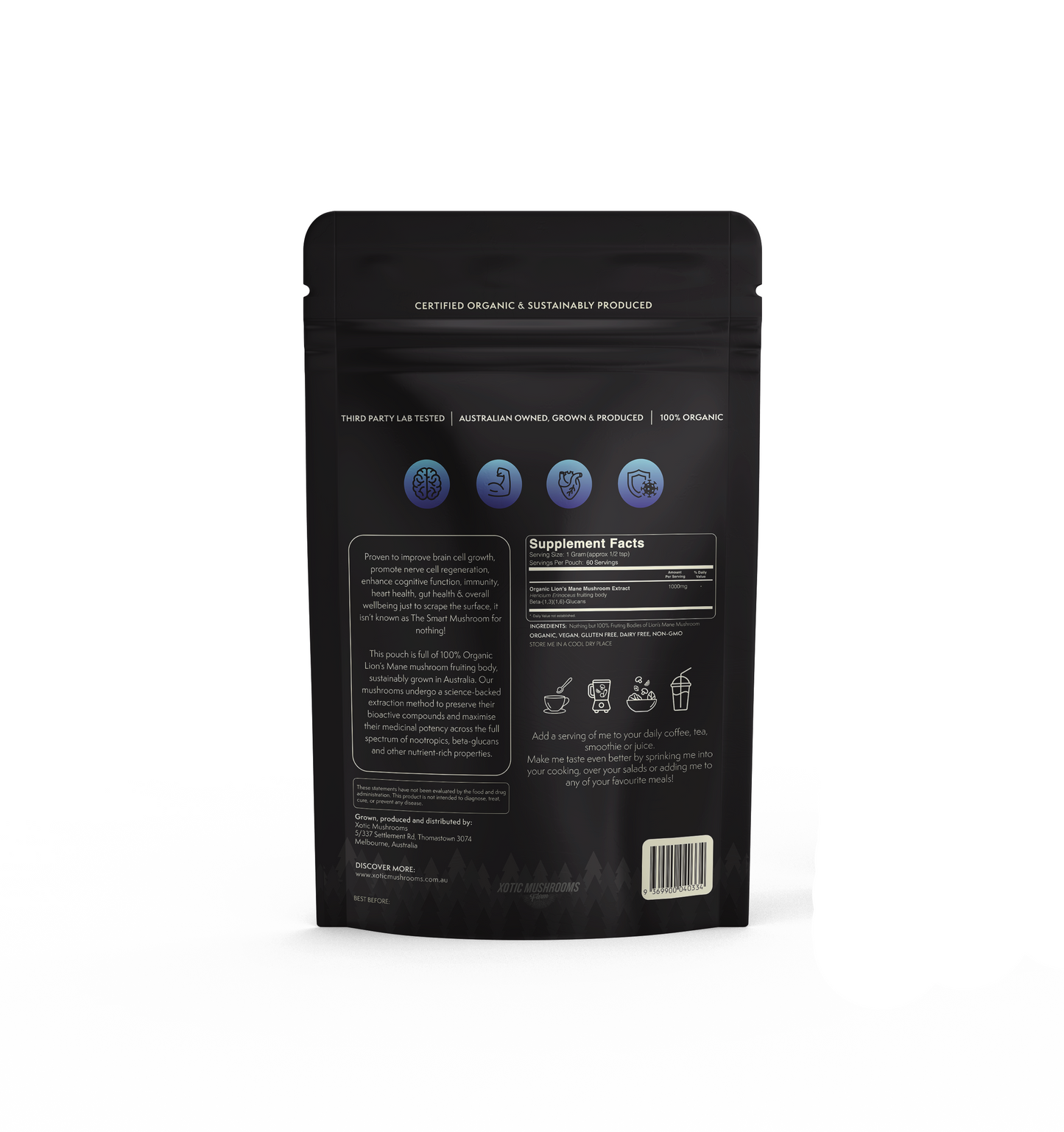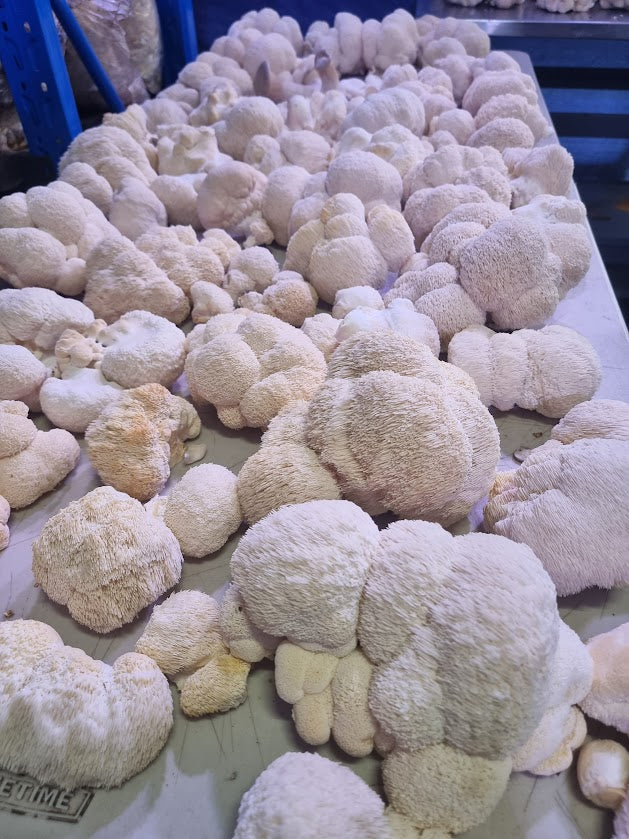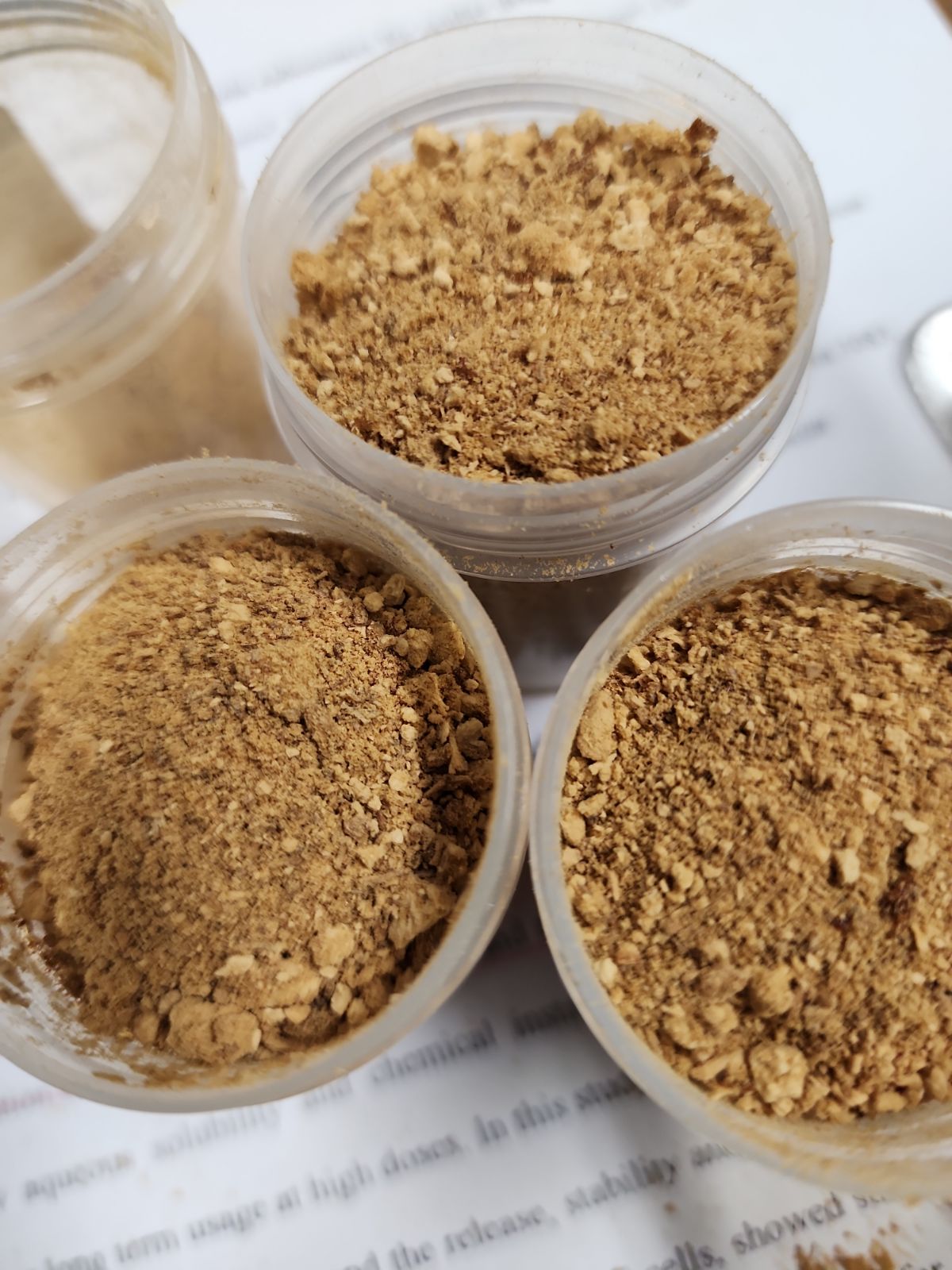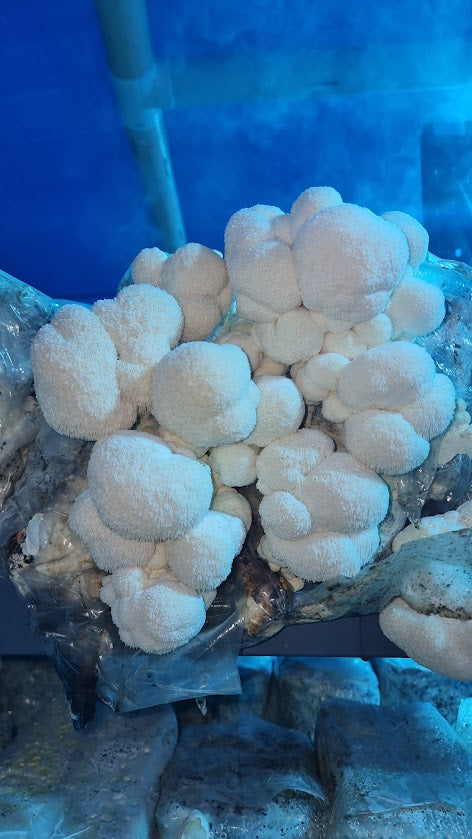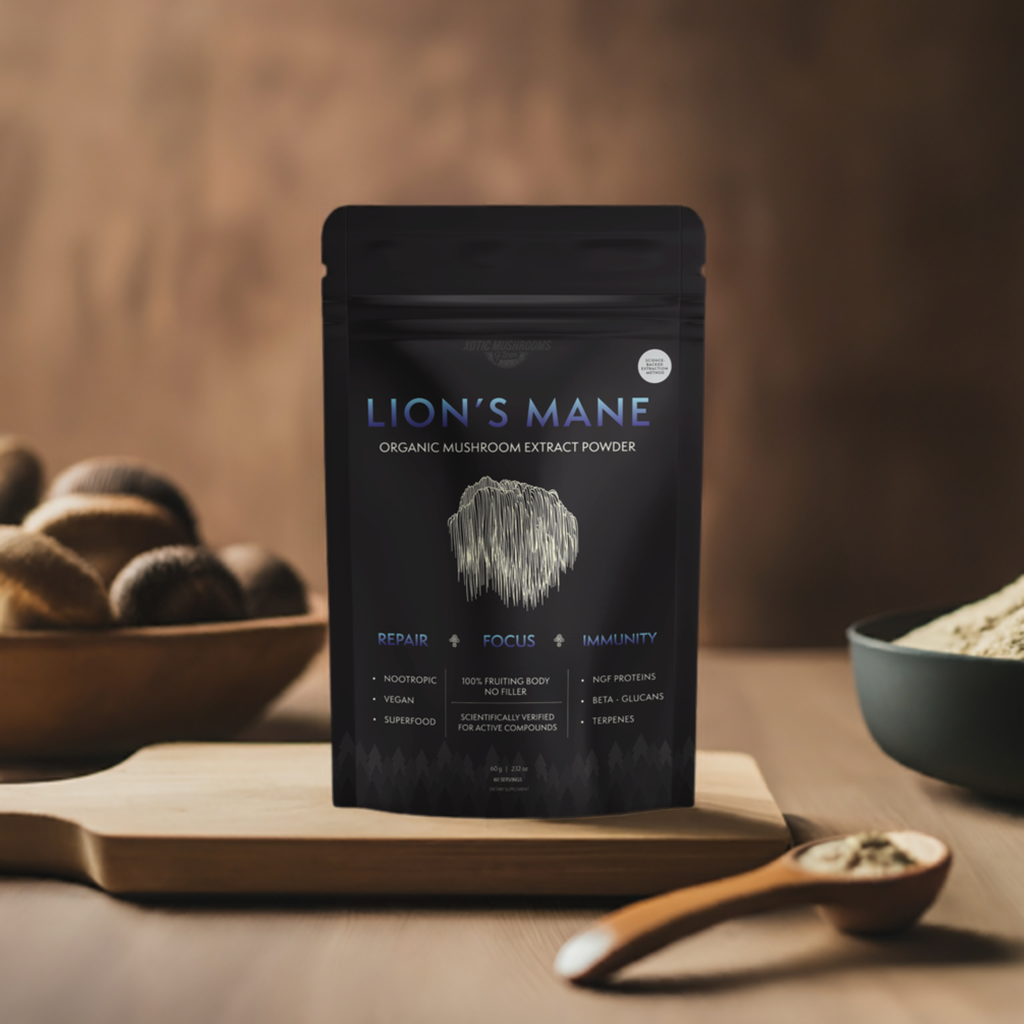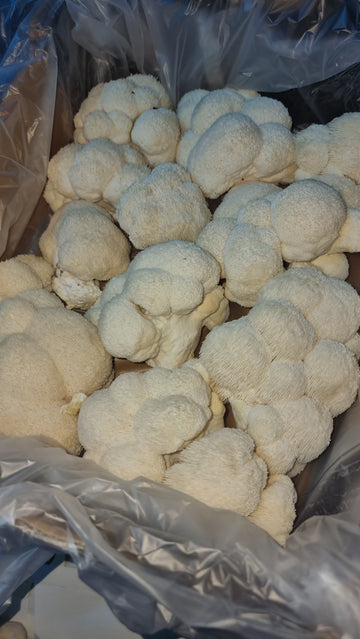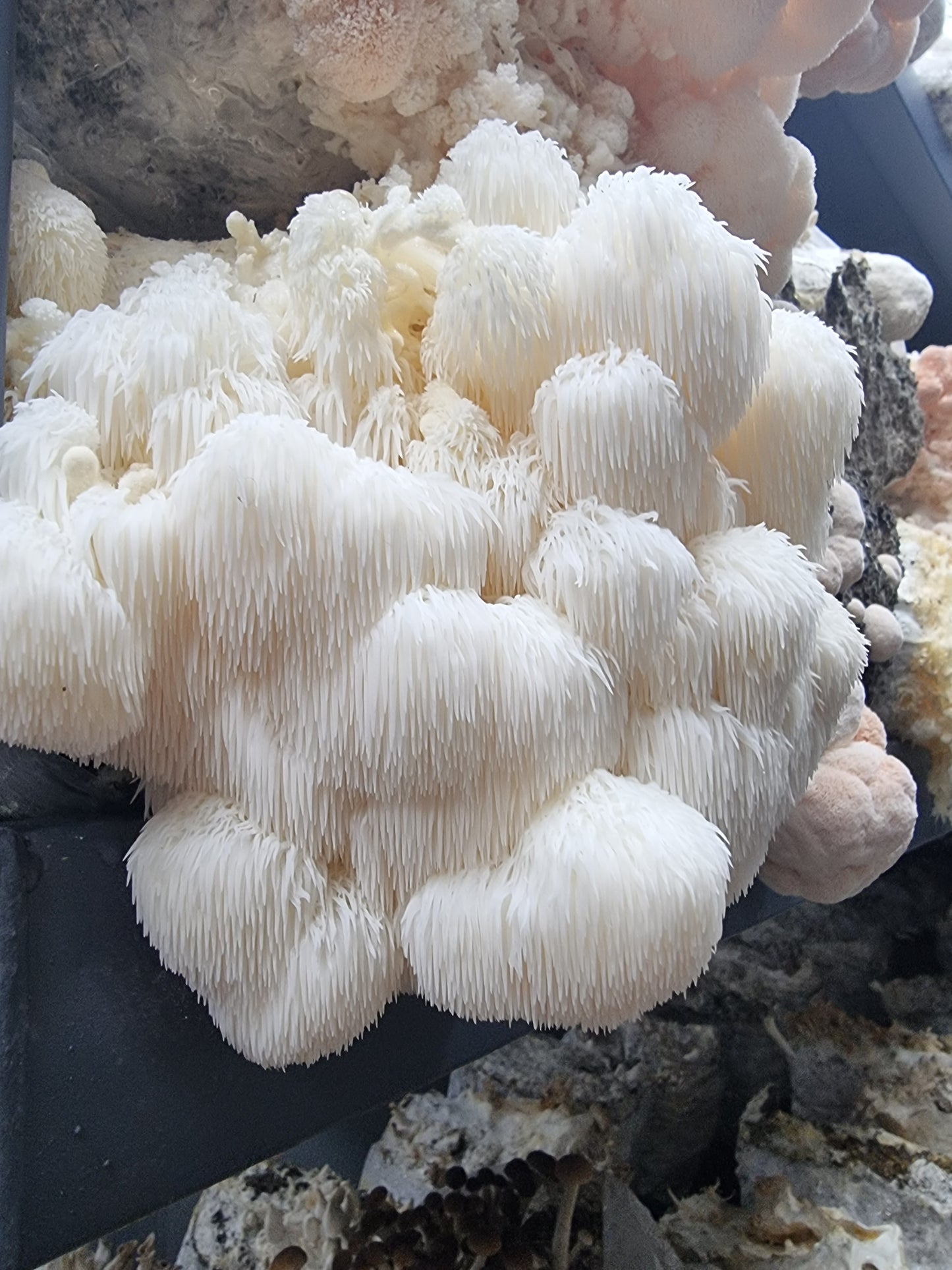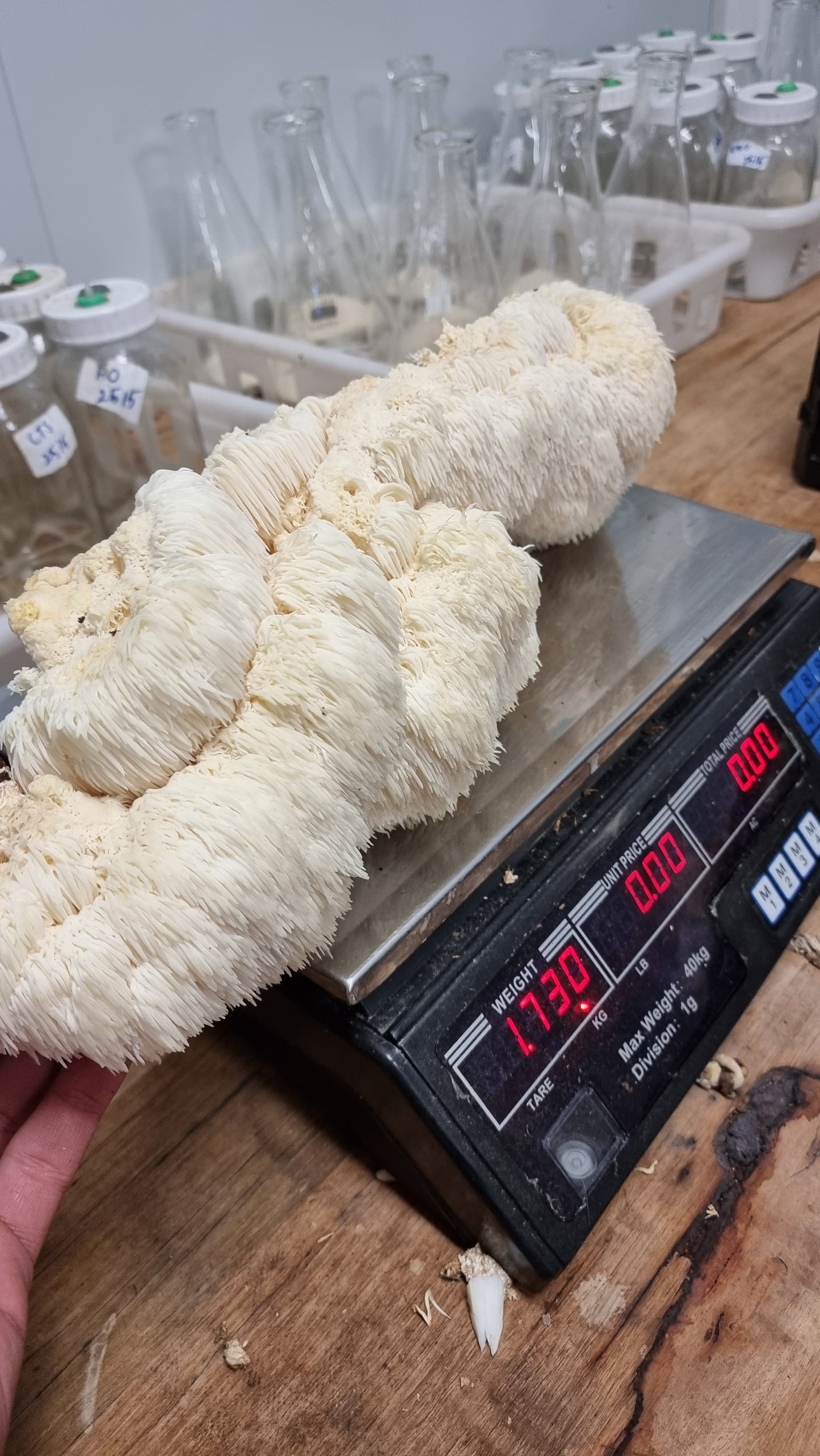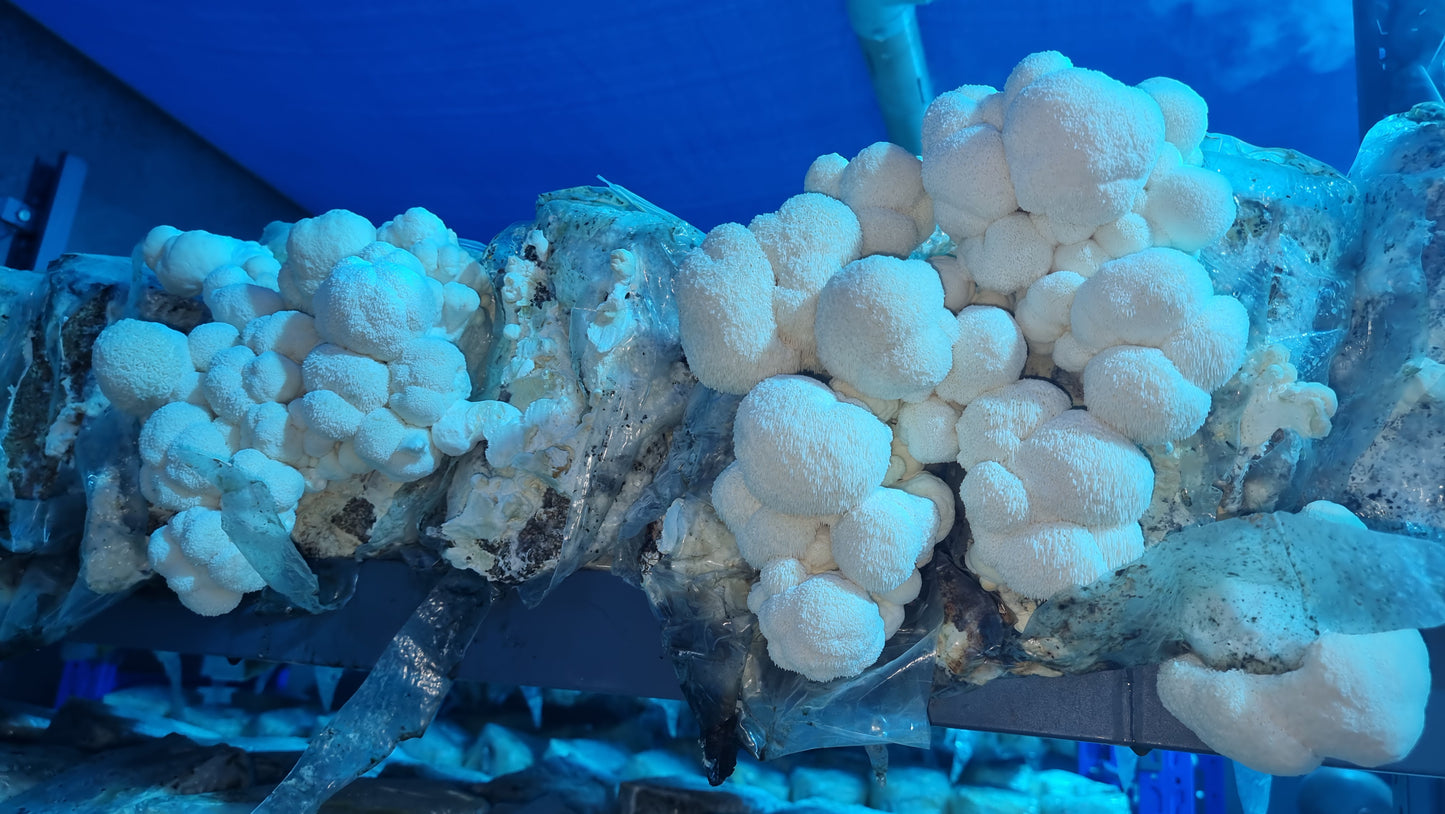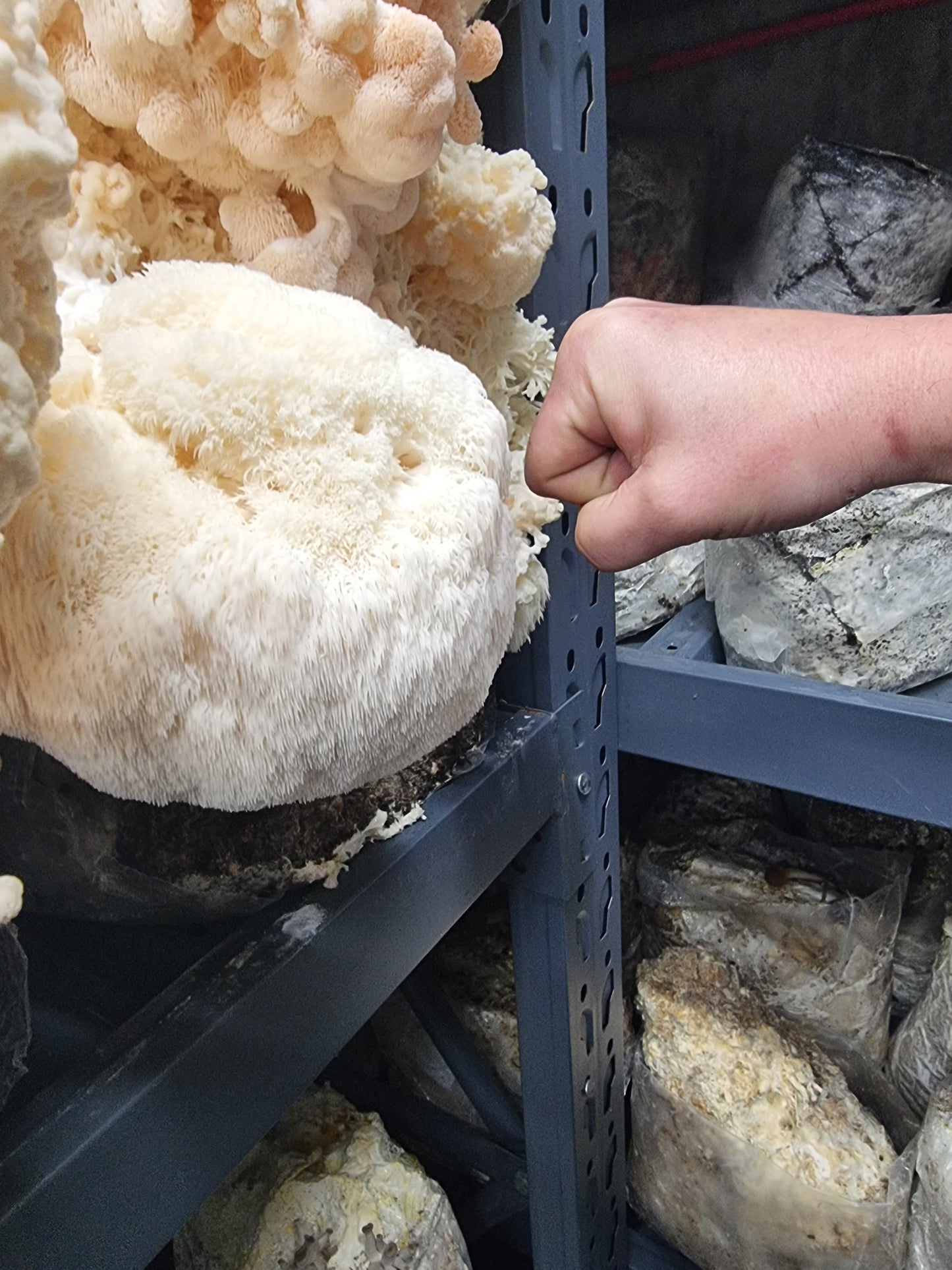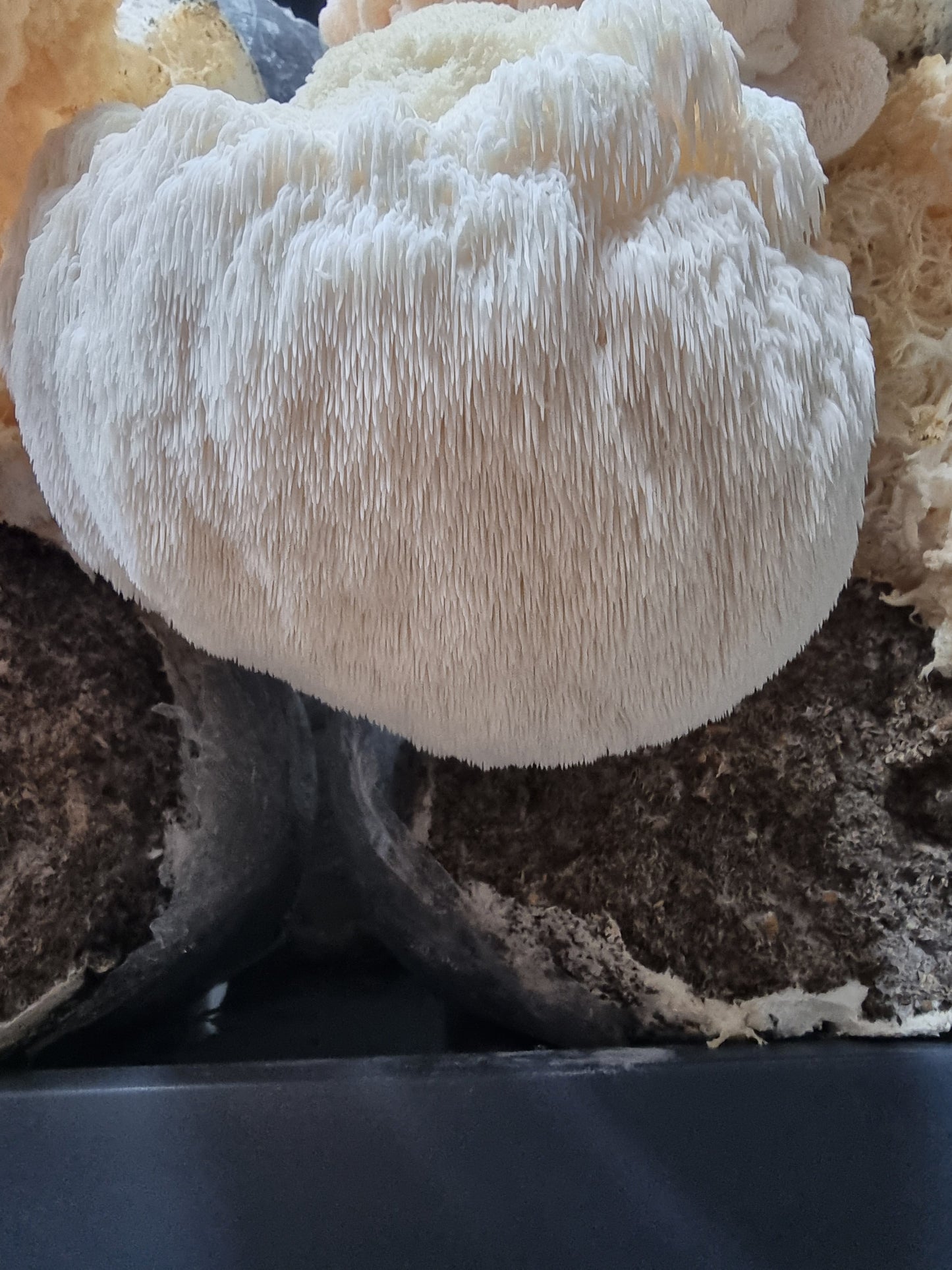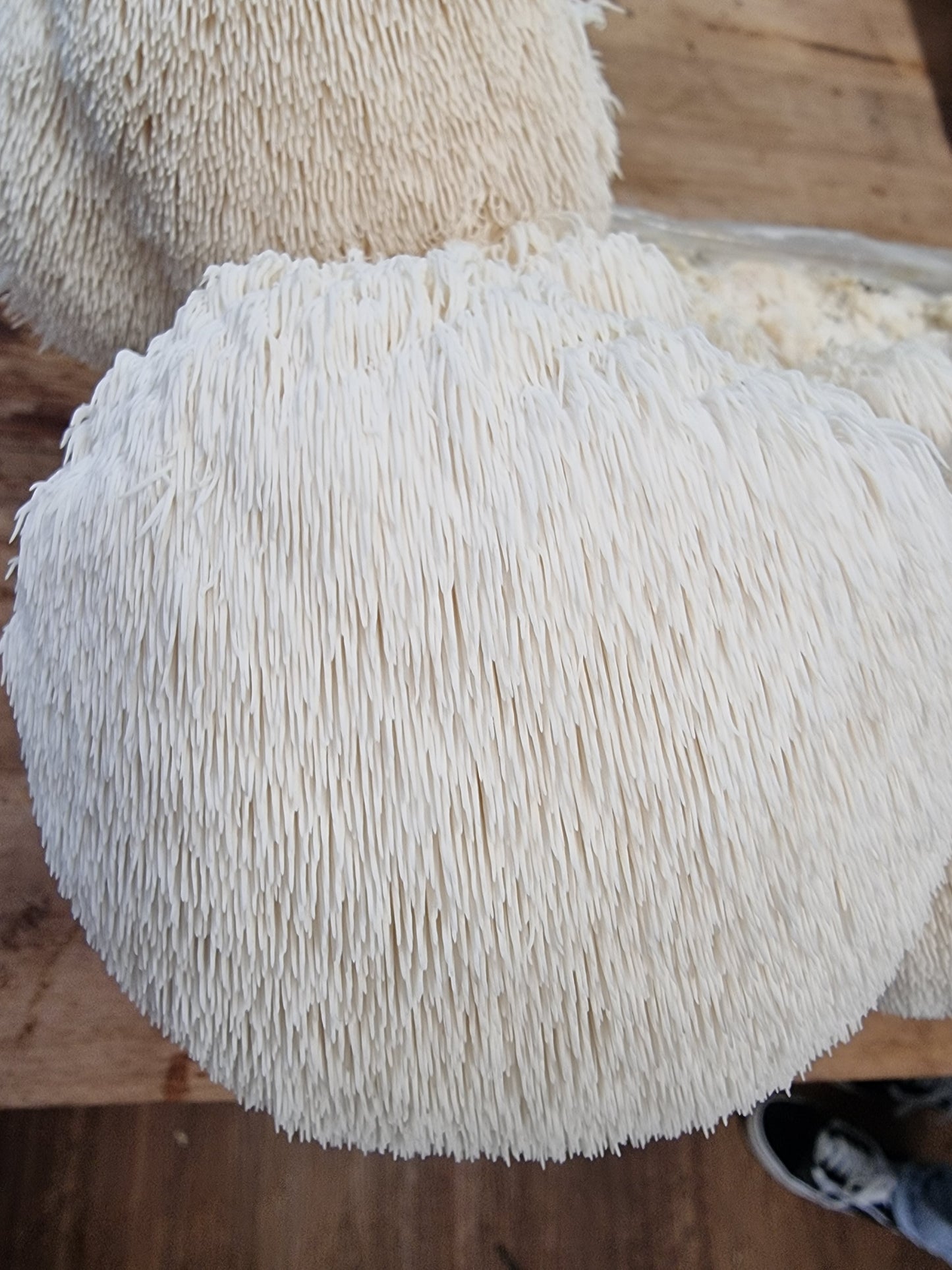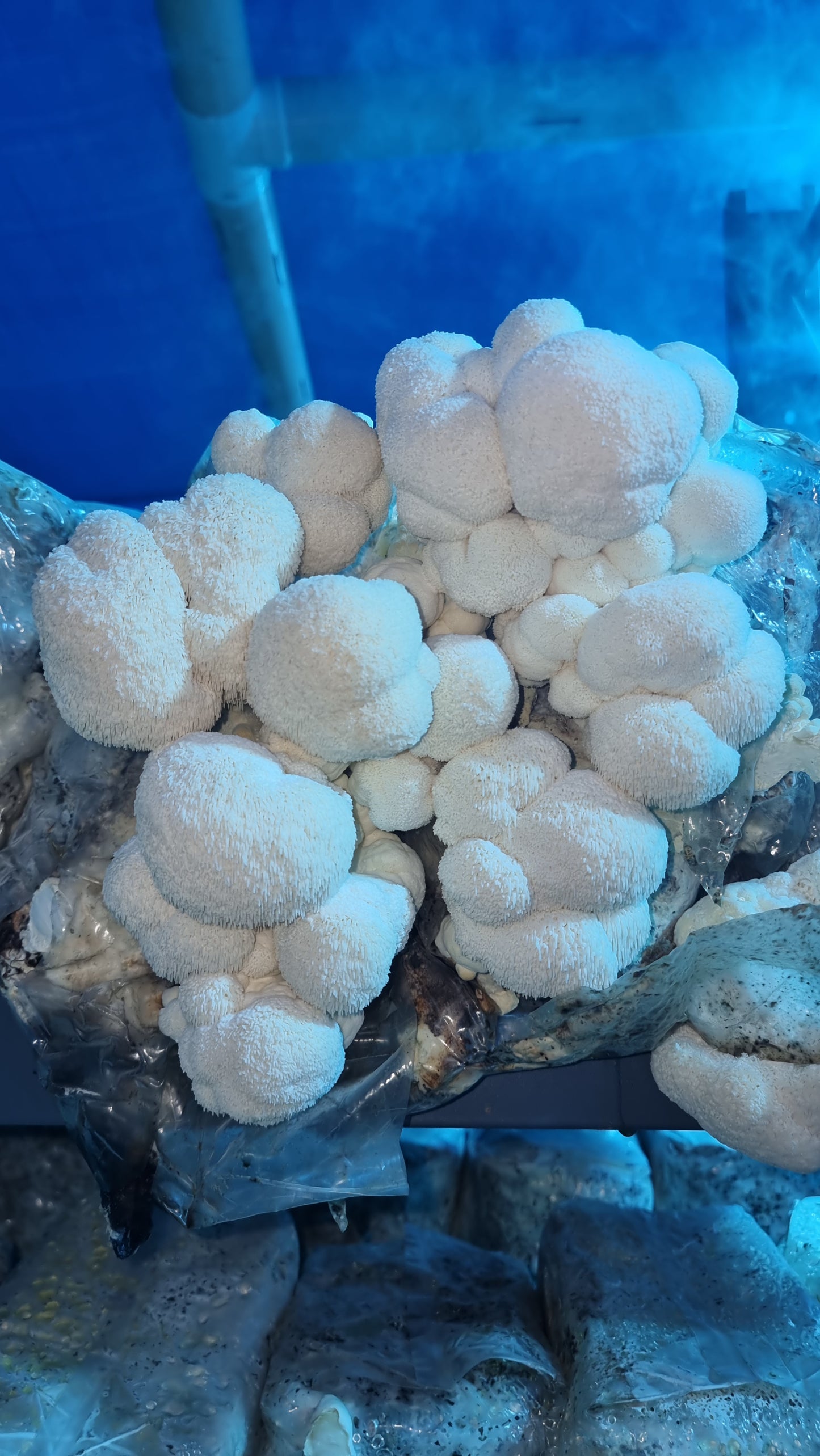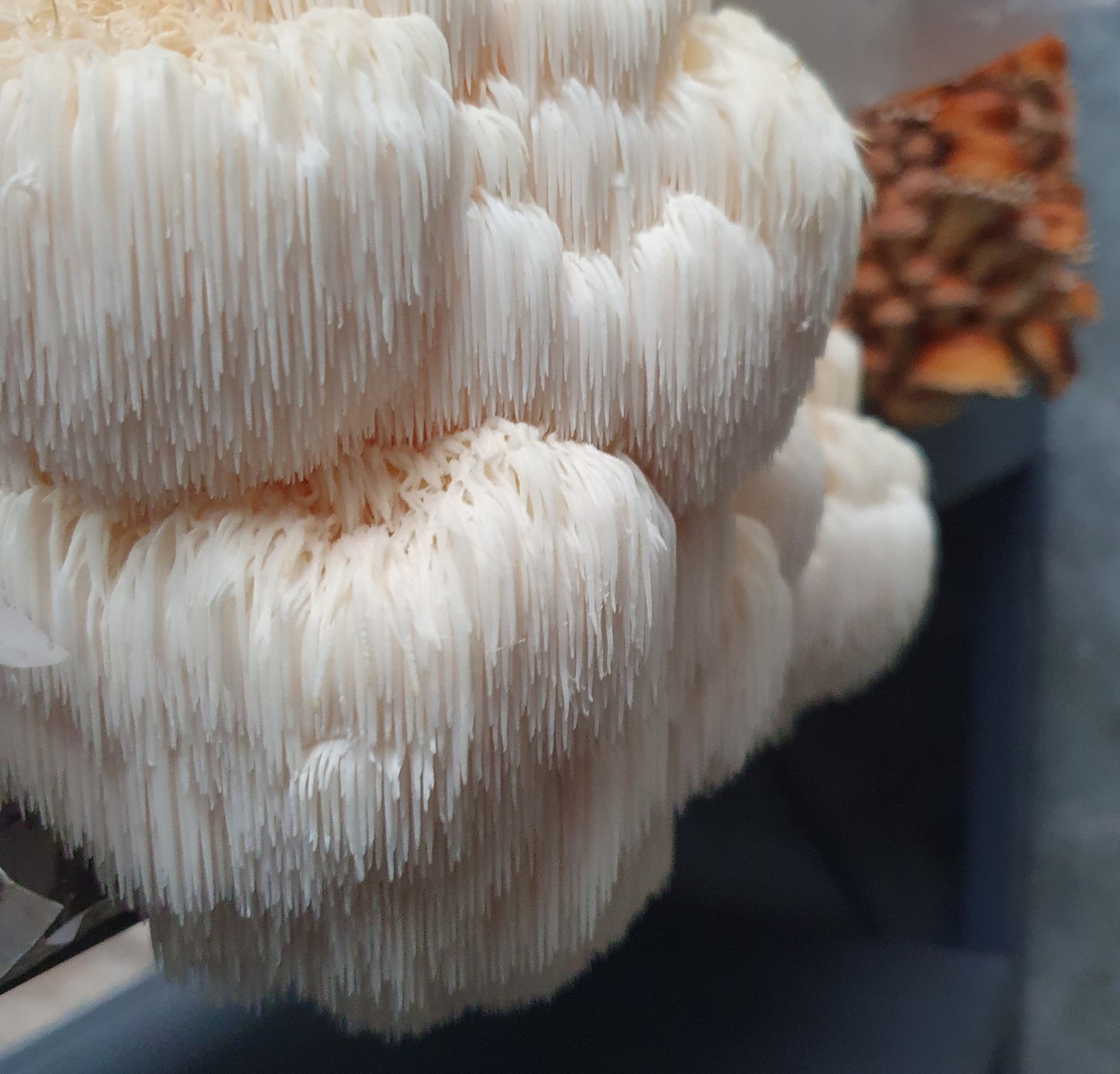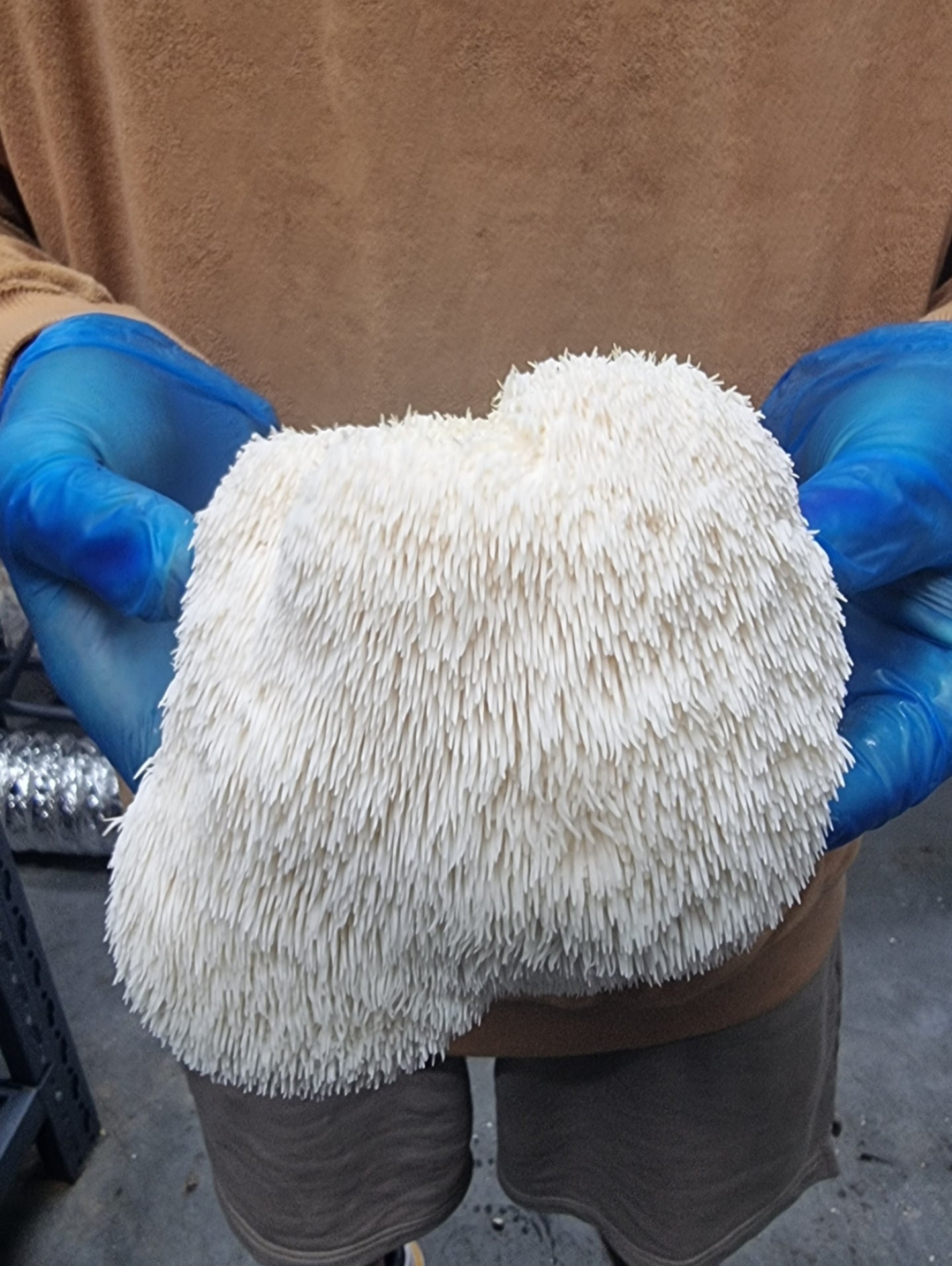Mushroom cultivation isn't just a task; it's an immersive experience. At our store, we believe in embracing every facet of the growing process, enhancing the rewarding journey of Mushroom Growing.
What is Grain Spawn?
Central to the art of mushroom cultivation is grain spawn, a vital substrate. By sterilizing nutrient-rich grains like rye, wheat, or millet, and then infusing them with mushroom spores or mycelium, a network of fungal cells emerges. This network can later be employed to inoculate larger substrates such as sawdust, straw, or wood chips.
Benefits of Using Grain Spawn
The popularity of grain spawn in mushroom cultivation stems from its ease of use and cost-effectiveness compared to other methods. The grains provide an ideal medium for mycelium growth, and the sterilization process acts as a barrier against unwanted microorganisms.
Choosing the Right Grain
The foundation of successful grain spawn preparation lies in selecting the appropriate grain. Opt for grains that combine high nutritional value with a low susceptibility to contamination. Quality dried whole grains can be easily obtained from us.
Sterilizing the Grains
Rinsing the chosen grains and soaking them overnight sets the stage for sterilization. After draining, these grains are placed in jars or bags. Sterilization, achieved via pressure cooking or autoclaving at 15 PSI for 60 minutes, ensures the grains achieve the desired consistency, akin to al dente pasta or cooked rice. This textured, non-mushy result prevents bacterial growth.
Inoculating the Grains
Post-sterilization, allow the grains to cool to room temperature. With the aid of sterile tools, such as a laminar flow hood or glove box, introduce mushroom spores or mycelium to the grains.
Incubation and Mycelium Growth
During the next phase, place the inoculated grains in a warm, dark, and humid environment for several days. This encourages the mycelium to proliferate and colonize the grains. Most mushroom species thrive at temperatures around 24-28°C (75-82°F).
Using the Prepared Grain Spawn
Once the mycelium has fully colonized the grain, it's ready to play its role in the larger scheme. Carefully break apart the grain spawn from bags or shake them in jars. In a meticulously clean, sterile environment, proceed to inoculate your bulk substrate. A ratio of 1 to 5 of Grain to Bulk Substrate is often ideal. Creating a pocket on top of the bag before heat-sealing it, a controlled environment encourages mycelium colonization.
Tips for Successful Grain Spawn Preparation
Enhance your grain spawn preparation by adhering to expert tips. Maintaining stringent hygiene practices and controlling environmental conditions can significantly improve your results.
Troubleshooting and Common Mistakes
Acknowledging potential pitfalls in grain spawn preparation is essential. Proactive measures can mitigate issues, ensuring a smoother cultivation process.
FAQs about Preparing Grain Spawn
What types of mushrooms can be grown using grain spawn?
Grain spawn accommodates a spectrum of mushroom species, including shiitake, oyster, lion's mane, and more.
How do I ensure the grains are properly sterilized?
The key to successful sterilization lies in adhering to recommended techniques, such as pressure cooking or autoclaving, while achieving the ideal consistency.
Can I use wild-collected mushroom spores for inoculation?
While an option, commercially sourced or lab-tested spores or mycelium ensure consistent and reliable results in cultivation.
What's the purpose of incubating the grain spawn?
Incubation fosters the expansion of mycelium, which colonizes the grains, establishing a sturdy foundation for subsequent mushroom growth.
Can I reuse leftover grain spawn from previous batches?
Reusing grain spawn is plausible, provided you uphold sterility and confirm its freedom from contamination.
How do I prevent contamination during inoculation?
Employ a clean, controlled environment and sterile tools like a laminar flow hood or glove box to minimize contamination risks.
What's the ideal storage for unused grain spawn?
To preserve viability, store surplus grain spawn in a cool, dry space. Alternatively, use it to initiate a new batch of mushrooms.
How long does it take for mycelium to fully colonize the grain?
Mycelium colonization duration varies based on temperature and mushroom species. Typically, it spans several days to a couple of weeks.
Can I speed up the incubation process?
Optimal conditions, including humidity and temperature management, can expedite mycelium growth during incubation.
What's the next step after the grain spawn is fully colonized?
Upon full colonization by mycelium, grain spawn is primed for use in inoculating larger substrates like sawdust, straw, or wood chips, propelling the cultivation journey forward.
Conclusion
The significance of grain spawn in mushroom cultivation cannot be overstated. By meticulously following these steps and appreciating the journey, you're poised to reap the rewards of homegrown, flavorful, and nutritious mushrooms.
